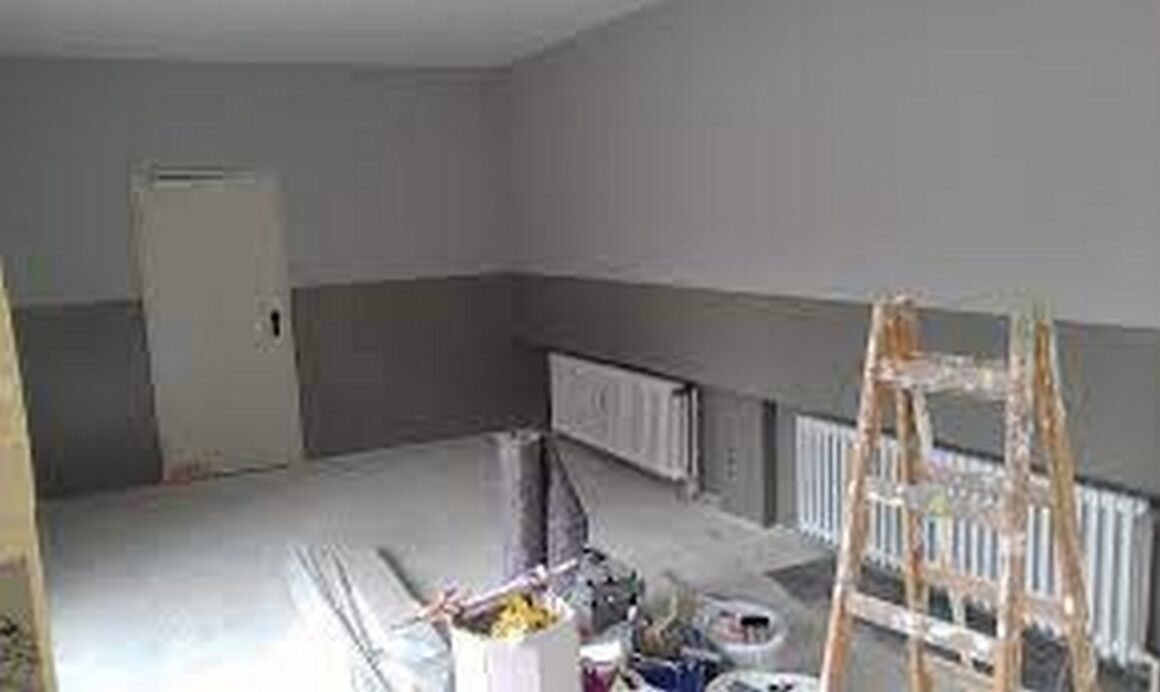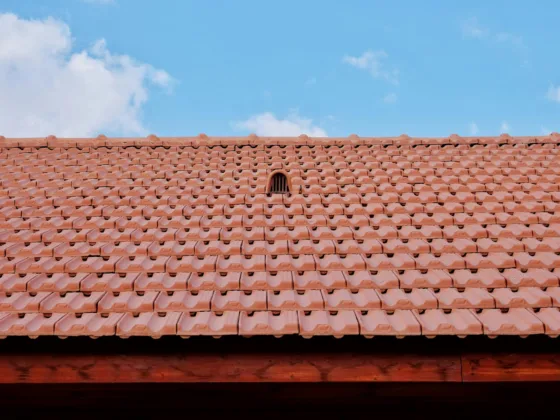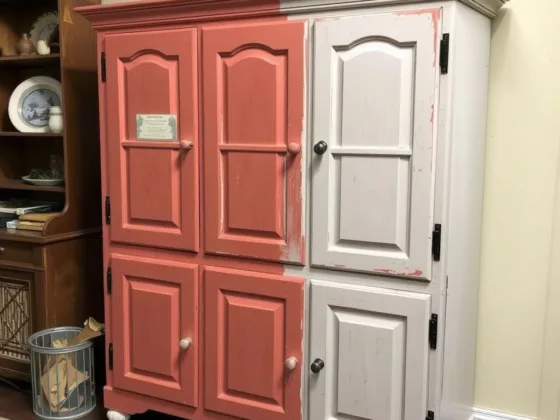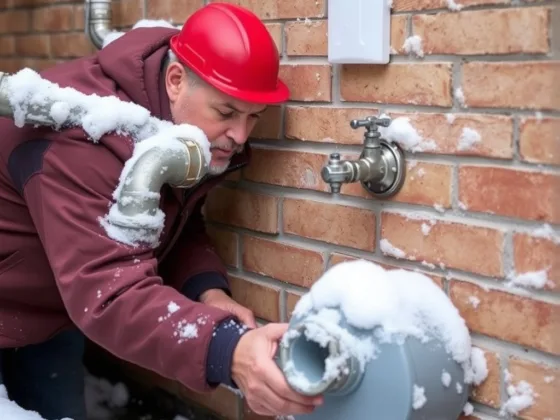Table of Contents Show
It can be tough to plan a home improvement. There are numerous dangers throughout the route, from selecting the project to selecting the finishing touches.
Being prepared always helps, and this is especially true when ripping down walls to extend the master bathroom or create the open-concept main floor of your aspirations. Here’s how to avoid the most typical renovation blunders while simultaneously increasing the value of your property.
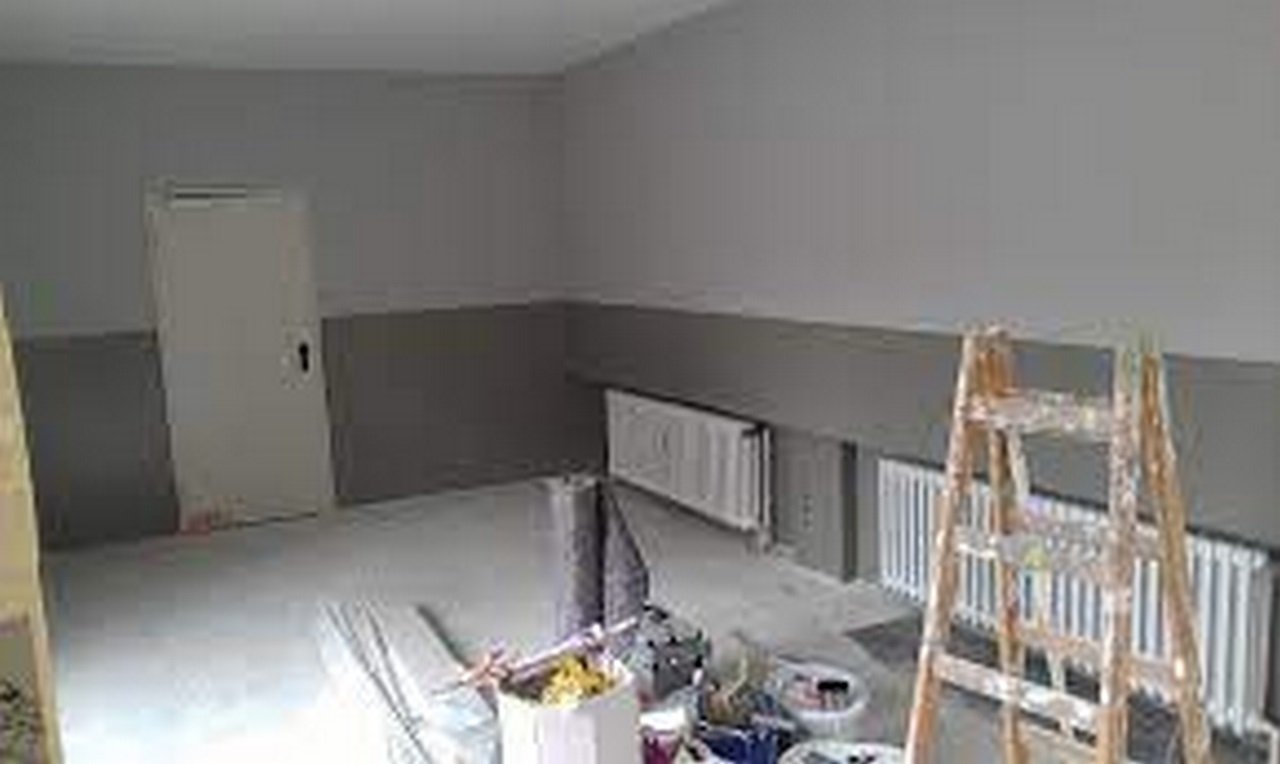
Mistakes to Avoid When Remodeling Your Home
1. Not Having a Clear Vision
Have a comprehensive design for how you want your space to look after it’s finished before you start looking for contractors and renovation businesses. Changing your mind about a design once you’ve started a job might be pricey.
By laying out your idea in detail, you’ll be able to give your contractor or renovation firm a clear picture of the job’s scope. The more decisions you make ahead of time, the more accurate your estimate will be.
2. Making a Budget That Isn’t Realistic
While it’s critical to develop and stay to a project budget, it’s also critical to do it in a reasonable manner. True Cost Guides from Home Advisor show you the typical range for your project. For example, the cost of a kitchen makeover can range from $12,556 to $33,311.
Cutting corners on the budget might lead to the use of low-quality materials, which can degrade the final product. Instead, presume you’ll be in the middle of the pack in terms of project size and scope. To find a balance between your vision and your budget, you may need to modify your own expectations.
Read Also:
3. Being Overly Fashionable
It’s good to have a fresh, updated look, but resale value is to be considered. Trends change over time, but good design lasts a lifetime. If you have any questions, don’t hesitate to contact a designer.
4. Putting the Design Process in a Hurry
When you’re excited about a project, such as constructing an open floor plan or remodeling your master bedroom, it’s difficult to slow down, but you’ll undoubtedly regret it if you don’t. Rome wasn’t created in a day, and neither will your newly renovated living area.
The design process takes time since it requires exact measurements and consideration of the space’s overall functionality. If you want to make sure everything is perfect the first time, don’t jump in right immediately.
5. Purchasing Furnishings and Accessories for the Home Too Soon
Wait until the project ideas are finalized and the project is far enough along for exact measurements before purchasing the perfect appliances, flooring, furniture, and other items. Otherwise, you might end up buying the wrong material.
Consider replacing your carpeting or flooring at the end of the year. Before the holidays, many home improvement stores offer tempting bargains, and contractors are more likely to negotiate during their down season.
6. Underestimating the Dangers to Your Safety
Neglecting your personal safety will not only sabotage your endeavor but will also put you in danger. When working, always use protective gear such as work boots, safety goggles, hearing protection, and gloves.
Always have a first-aid kit on hand. Before you start upgrading your home, make sure to think about this home improvement advice. When remodeling or building onto your house, there are many factors to consider, and these changes may need changes to your homeowners’ insurance policy.
7. Expectations that are Unrealistic
Even under the best of conditions, remodeling may be filthy, noisy, and inconvenient. Before you start working on your home improvement, do some research so you know what to expect before, during, and afterward.
While spring or summer may seem like the ideal time for a significant interior remodeling project, consider that interior remodeling contractors are frequently less busy throughout the winter.
Contractors will be more willing to negotiate as a result of having more free time. You can save a lot of money on home renovations if you plan ahead. Also, don’t forget to get at least three estimates.
8. Granite isn’t Always the Best Option
Granite is one of the most popular kitchens and bathroom counter materials. This material has a good appearance but depending on your preferences and what you choose, it might be quite costly.
When it comes to new counters, it’s important to understand that granite isn’t the only option. You may save money by using a different material while still creating a lovely space.
If you have your heart set on granite but don’t have the funds or budget to incorporate it, consider laminate. Although it is not as durable as hard-top counters, it will save you money in the long run and can still be attractive.
9. Don’t Cut Corners on Materials
When it comes to house renovations, don’t think to yourself, “If I can’t see it, we don’t need it.” Cutting shortcuts on items you can’t see will cost you more in the long term when it comes time to repair them.
A membrane system for tiled floors appears to be one area where people seem to scrimp. This method prevents tiles from popping or loosening.
Another area where individuals appear to scrimp is energy-efficient windows. If you live in an older home that appears to be losing money, investing in energy-saving windows and replacing older ones will save you money on bills and almost pay for themselves over time.
10. Make Inquiries
Another major blunder is when people fail to ask inquiries. If you’re spending money to renovate your home, you shouldn’t feel bad about asking a lot of questions. It’s your home and your money, after all! Ask why something needs to be used or placed if you’re unsure.
Speak up if you don’t like the way things have worked out. Above all, if you don’t understand something, ask for clarification. There is no such thing as a stupid question, and asking them will lead to a home remodeling you can be proud of.
